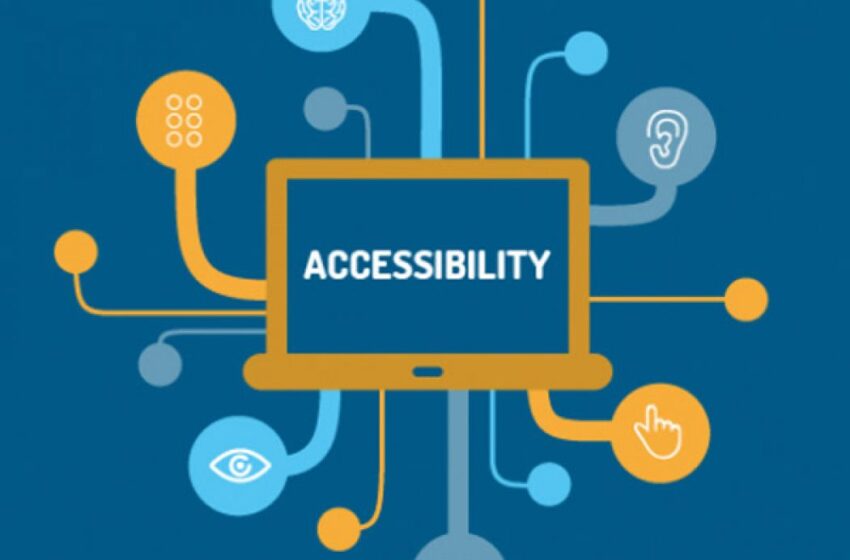
AccessiBe Explains Why Website Accessibility is a Major Concern in E-commerce
Over the last couple of years, people are so accustomed to online shopping habits due to the pandemic-related restrictions and lockdowns. Web accessibility and ADA compliance lawsuits hit a record number in 2021. As of late, there are about 4000 cases filed in various courts against e-com companies, which is about 70% of the total web accessibility-related lawsuits. The e-com industry grew by about $4.9 trillion in 2022-22. With this vast rising in e-commerce sales, the demand for accessible websites and mobile applications is also increasing.
- E-com accessibility in question – AccessiBe
Many leading e-com providers have already tasted the bitterness of noncompliance lawsuits against them. From Amazon to Target and Etsy, all face challenges with accessibility issues. AccessiBe points out that even when humanity started practicing online buying in the last decade, it was largely inaccessible for people with disabilities who had to travel in person to the retail outlets and do the buying. However, with the increasing need for ADA compliance for websites, many leading online retailers are enabling accessibility.
Department of Justice, in many rulings, has indicated clearly that the Americans with Disabilities Act apply to websites and mobile applications. A web accessibility guideline back in March 2002 specifies that e-commerce websites need to comply with ADA as per the WCAG 2.0 standards.
However, achieving WCAG conformance is not so easy. The biggest e-com companies have complex and deep apps, posing many financial and logistical challenges in ensuring accessibility. Also, WCAG was meant for a different internet era where the web pages were static. Now, these are dynamic, fluidic, and algorithmic, with the latest content every minute and many personified elements on the page.
- What do you lose with noncompliance?
As we have seen above, the retail e-com market is growing unprecedentedly. It is expected that about 2.5 billion people may purchase goods online in 2022. about one out of ten adults in the United States have some sort of significant disability, and one out of four people have minor or temporary disabilities. The statistics show that the disabled community spends about $1.2 billion annually. So, online retailers who ignore the unique needs of this prospective audience are losing mainly in terms of revenue.
An accessible e-com store is the one that is optimized for all browsers and is responsive to all screen sizes. When the website structure is intuitive, its images may have accurate descriptions, and all the information may be appropriately labeled. The search engines will also rank such pages, which can naturally help boost the hits and views of such pages.
Some of the big e-com providers may have their own IT staff and accessibility compliance team in-house who will care for the need. However, others may need to have some outside consultants to assist them in making their websites accessible. AccessiBe is a reliable web accessibility consultant offering e-commerce and other online services providers. Get all your confusions cleared right at the start.






